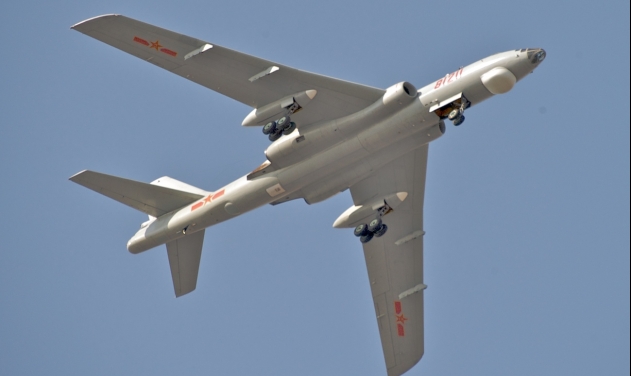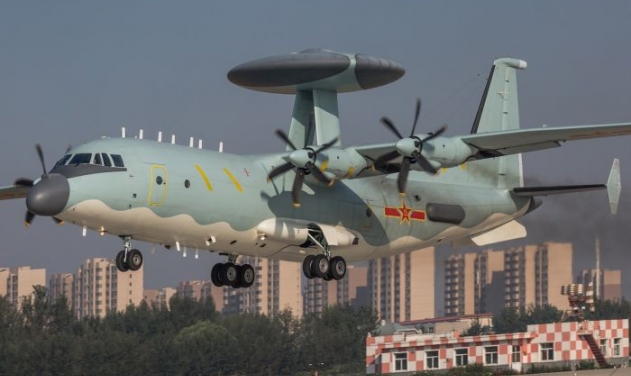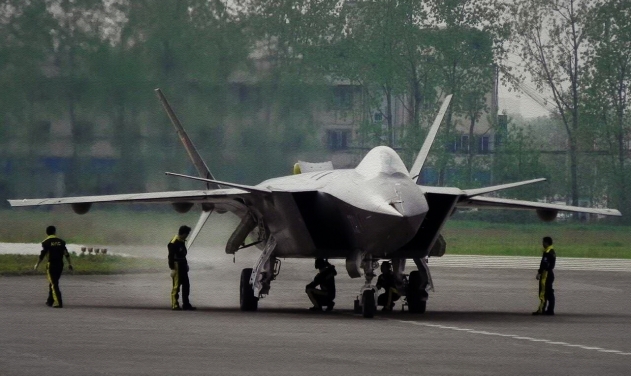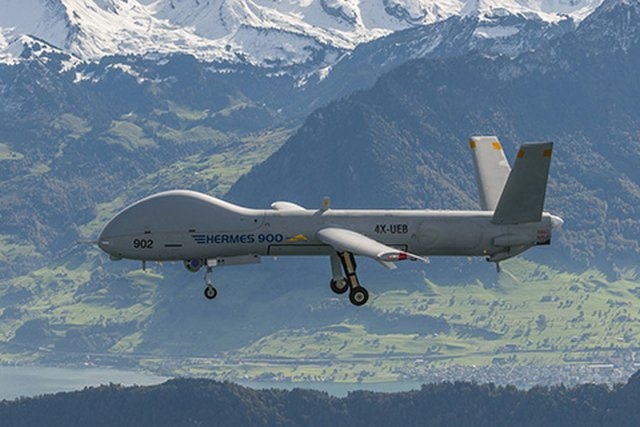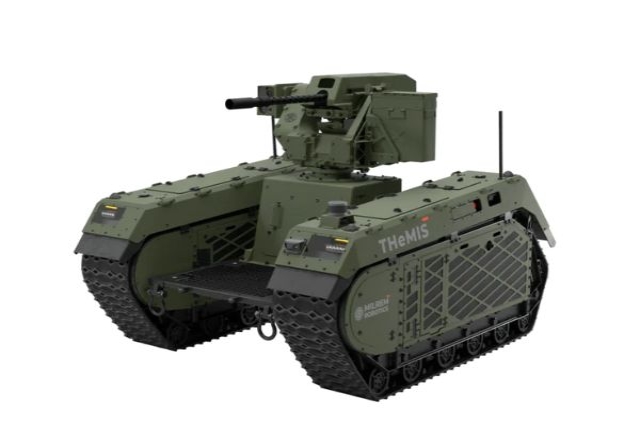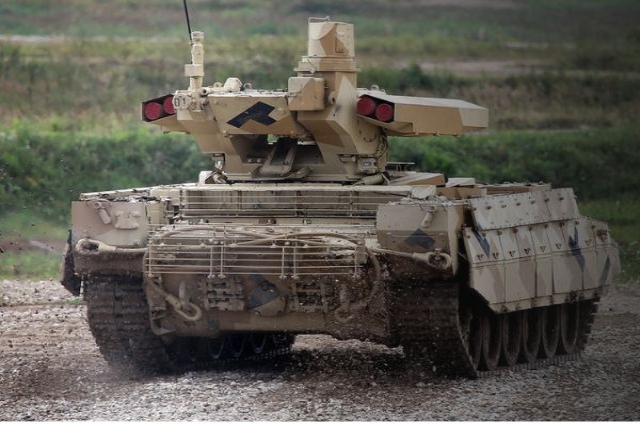Chinese Army Gets WZ-10 Combat Helicopters
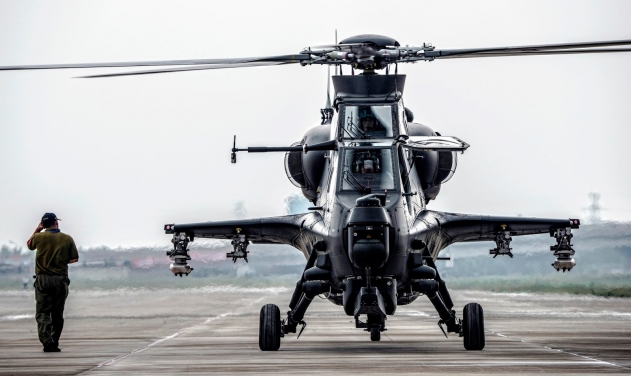
The Chinese army has finished equipping its ground force aviation units with advanced WZ-10 combat helicopters.
Several WZ-10s have been delivered to an aviation brigade of the PLA 13th Group Army under the Western Theater Command, the China military's TV news channel report was quoted by China Daily Thursday.
Under the western theater command, several WZ-10s have been delivered to an aviation brigade of the people Liberation army’s 13th group army. The WZ-9 was developed based on the French Eurocopter Dolphin.
The WZ-10 is developed and produced by Changhe Aircraft Industries Group, a subsidiary of Aviation Industry Corp of China, the country's aircraft manufacturer. It made its public debut in November 2012 at the 9th China International Aviation and Aerospace Exhibition, also known as the Zhuhai Air Show.
The helicopter was designed primarily for anti-tank missions, but now has a secondary air-to-air combat capability.
The WZ-10 has superior maneuverability and combat compatibility compared with the WZ-9, although it is a little bit weaker in terms of engine capacity, ammunition-carrying ability and firepower, Wu Ximing, chief designer of the helicopter at Changhe Aircraft Industries said.
The PLA Army now has combat helicopters, such as WZ-10 and WZ-19, another attack helicopter that is less powerful than the WZ-10, Wu Peixin, an aviation analyst in Beijing said.
"The Army now needs more medium-lift, multipurpose helicopters such as the US Army's Sikorsky UH-60 Black Hawk," he said. "This helicopter is capable of performing both combat operations and transport tasks." Peixin added.
The PLA Army needs at least 3,000 helicopters, especially heavy-lift transport types and multipurpose models, Gao Zhuo a military observer in Shanghai said.
Western defense publications speculate that the PLA Army's aviation force has nearly 1,000 helicopters.
The CAIC Z-10 , also called WZ-10, is an attack helicopter developed by the People's Republic of China. It is designed primarily for anti-tank warfare missions but has secondary air-to-air capability as well. It was designed by Kamov design bureau of Russia under a contract with the Chinese government.

